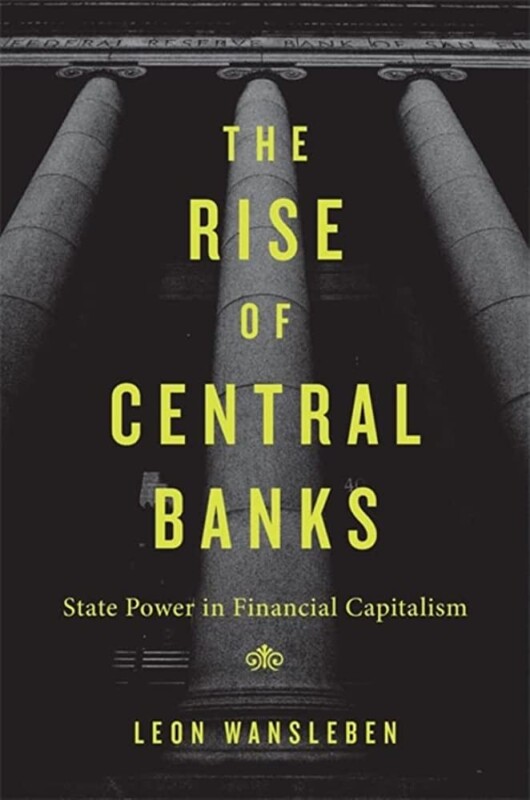H
ow have we arrived at an era of easy money? What role do central banks play and how has their relationship with finance changed over the years? Do central banks offer more stability to avoid crises? How is the rise of central banks more problematic than expected? Leon Wansleben provides answers in his new book.
When so much has been written about central banks, one might question what there is more to know. Wansleben goes over previously ignored original sources in extensive archival work and interviews for his research to uncover the practices of central banking, its relationship with finance, and accounts of the origin and consequences of the dominance of central banks in economic policy.
For a long time central banks mattered as managers of the international currency order, but they were not the key movers and centers of power. That began to change in the 1970s with the rising inflation, and since then central banks have greatly increased their influence. In The Rise of Central Banks: State Power in Financial Capitalism, Wansleben provides a history and explanation of this rise and why it matters.
Central banks have been expected to be beacons of stability, and in the 1990s and 2010s, they assumed even larger responsibilities. However, global finance has experienced many rocky turns and crises over the years; the 2008 financial crisis and the COVID-19 pandemic being two major ones ingrained in our memory. What seems to be going wrong with the equation?
Could central banks’ policies be counterintuitively destabilizing? It turns out, yes. As central banks became dominant, their policy innovations allowed them to use privileged relationships with expanding financial markets to govern the economy. But, by relying on markets, central banks fostered excessive credit growth and cultivated an unsustainable version of capitalism.
How has this change occurred? Many commentators argue that ideas, mainly concerned with controlling inflation, drove change and shifted economics from Keynesianism to monetarism. Others point to the stagflation crises, which saw capitalists and workers in dispute, redistributing power from elected governments to markets and central banks as capitalists pushed deregulation and disinflation. Central banks became the advocates and executers of “hard money” policies.
Wansleben looks introspectively within the central banks themselves, as they are both bureaucratic bodies and banking organizations that operate in private markets, and combines these approaches with the evolving practices of central banking to explain how we arrived at an era of excessive finance. He compares developments in the U.S., the U.K., Germany, and Switzerland to find that central bankers’ policy innovations were an important ingredient of change.
The Rise of Central Banks provides a political economy and sociological perspective on how bureaucrats innovate tools, how these tools are woven into the fabrics of economic structures and generate infrastructural power for particular state organizations, and how such intertwinements produce both intended and unintended effects. The Rise of Central Banks shines light on the agency of bureaucrats and calls upon society and elected leaders to direct these actors’ efforts toward more progressive goals.
Leon Wansleben, The Rise of Central Banks: State Power in Financial Capitalism (Harvard University Press, 2023) ISBN 9780674270510, 352 pages
Recommended





